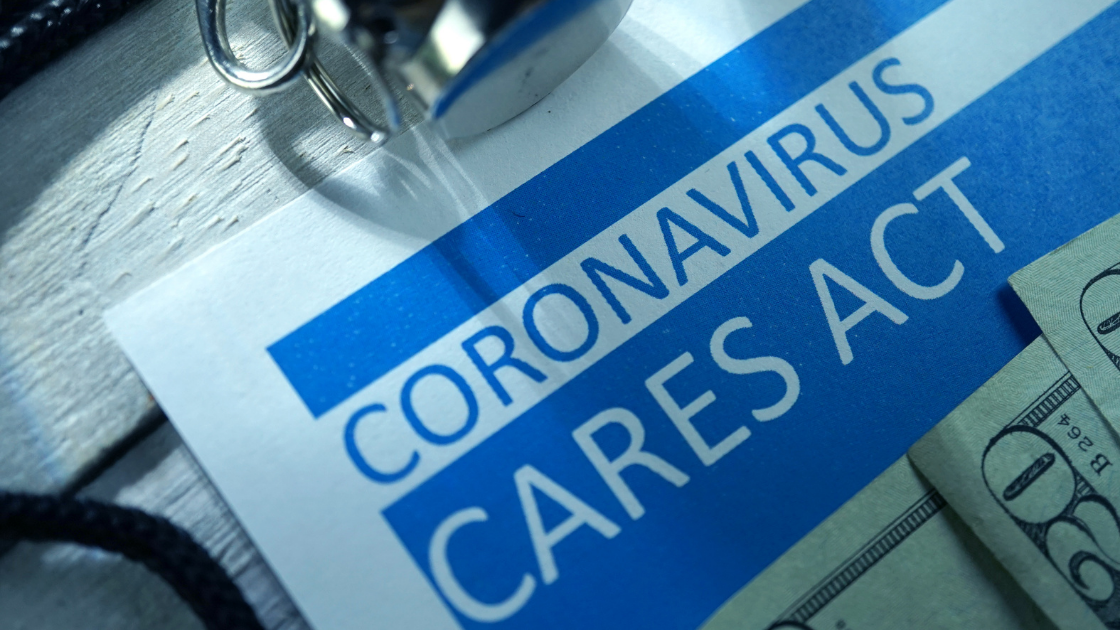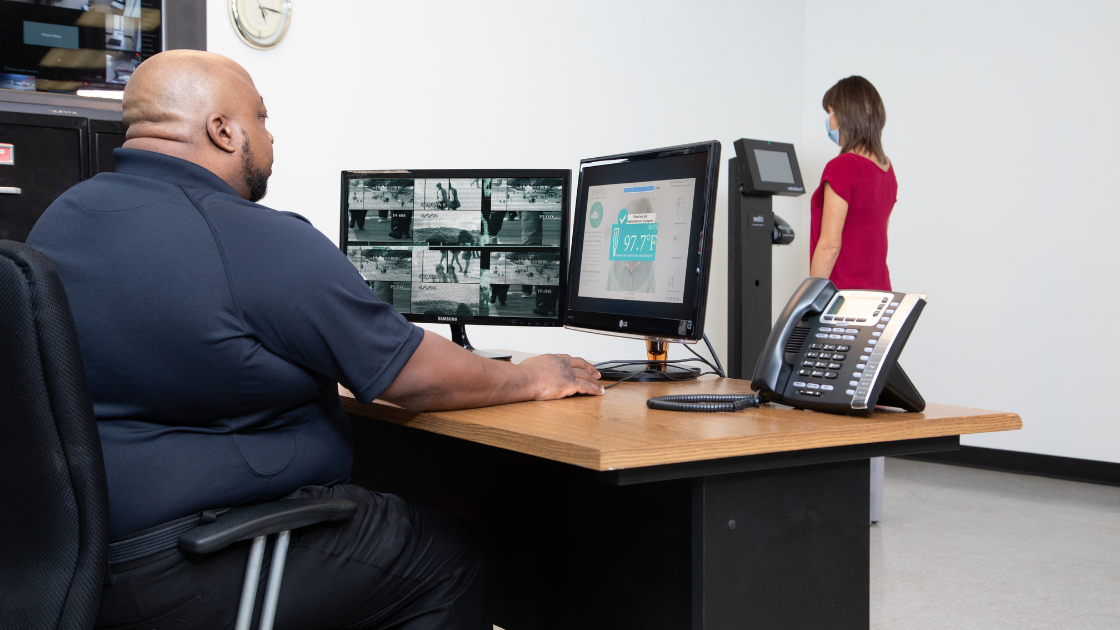Both private healthcare providers and healthcare facilities have been allocated funding through the CARES Act as part of the overall pandemic relief funds distributed by the federal government. And while many organizations received funding early on in the pandemic, others faced delays in getting their funding, meaning that they are facing decisions now about how to allocate those funds. Additionally, some providers and facilities have yet to decide how they will spend remaining funds and will need to present a final plan for spending the funds or risk losing them altogether.
Fortunately, there is still time for healthcare facilities and organizations to submit their plans for how they will spend their funding. Those who received funds through the Provider Relief Fund (PRF) could have up until December 31, 2022 to spend the money, depending on when it was first distributed. If your organization is one of the many that has yet to submit a finalized plan to allocate CARES Act funds, here are some suggestions for how to invest the funds to better support health in the workplace.
Preventive screening and PPE
The Center on Budget and Policy Priorities (CBPP) recommended that CARES funding be used first and foremost on the direct medical equipment needed for the pandemic, including equipment for testing, Personal Protective Equipment (PPE), and other costs necessary for pandemic response. The CBPP pointed out that allocating funds primarily to pandemic response would have the highest economic impact as well.
For instance, in a health organization setting, ensuring that funds went to cover the costs of preventive temperature screening with Non-contact Infrared Thermometers (NCIT) like the welloStationX in order to decrease the risk of an outbreak could help avoid significant financial strain as well. Because an elevated body temperature is one of the first signs that an infection is starting in the body–even sometimes, before the infected individual is aware they are sick–establishing a protocol for temperature scanning for employees could help significantly decrease the risk of infection spread. Also, some temperature screening kiosks like the welloStationX, offer touchless or on-screen health and symptom surveys to add an additional level of screening to help illness-spread prevention efforts.
Additionally, investing in the upfront cost of a screening tool and PPE like N-95 masks that could mitigate infection spread could minimize the financial impact later on with multiple employee illnesses. Costs such as temp workers, employee health insurance premium rate increases, extra sanitation services, loss of productivity and revenue, sick day overages, and more could all potentially be avoided by investing in preventive measures early on. An investment in a temperature screening technology could also be utilized for visitors as well as employees, potentially identifying other sources of infection upon entry.
FDA-cleared infection control measures
One important aspect to consider when choosing infection control measures for your organization is to ensure that any added equipment is FDA-cleared. This is a crucial requirement for many organizations. In fact, when FEMA (Federal Emergency Management Agency) was looking for a temperature screening solution, it reached out to the FDA, which in turn informed FEMA that the welloStationX was the only Class II FDA-cleared, automated and touchless clinical thermometer.
Purchases that are not FDA-cleared may not be eligible for coverage under the CARES Act, so ensuring FDA clearance is crucial for utilizing the funds economically. For instance, because Wello’s body temperature scanner is FDA-cleared, it does qualify for purchase reimbursement under the CARES act funding. As noted in the FDA clearance letter, the welloStationX with infrared body temperature scanning can be used by medical professionals or laypersons who are aged 5 and older in any public or private indoor facility with environmental conditions maintained within 15°C to 28°C (59°F to 82.4°F).
Employee education
The pandemic has ushered in a lot of differing opinions and information from social media to the neighbor down the street, so part of an effective health measure campaign in the workplace could include investing in an employee education program.
An employee education program could include digital presentations, in-person training, and visual information on how infection spreads, including how identifying early symptoms–such as an elevated temperature–could help prevent an outbreak. Employee education could also include information on vaccines, including where employees could access vaccines, and what those employees who are fully vaccinated against COVID-19 can expect with a potential breakthrough infection.
For instance, while previous CDC guidance was based on the thought that fully vaccinated individuals could not spread the virus, the CDC has updated their guidance based on the new, highly transmissible Delta variant strain. Now, according to the CDC, even fully vaccinated individuals who show symptoms with a breakthrough Covid-19 infection could potentially spread the virus. Thus, it’s vitally important that all employees, regardless of vaccination status, understand their own risk for potentially spreading infections and are equipped with temperature screening resources to help identify their own risk.
Data knowledge
Along with the direct medical equipment needed to fight the pandemic head-on, the CBPP recommended that healthcare organizations utilize funding to cover the cost of tracking viral impact from outbreaks. Understanding the impact that Covid-19 has on employee and workplace health, from racial disparities to other identities, is crucial for identifying and establishing policies that will address those gaps.
But first, you need to actually have the data in hand in order to evaluate the impact and address it. An all-in-one health screening technology like the Wello allows for a private way for employees to input their data, including complete symptom questionnaires, daily temperature tracking, and automated no-contact health screenings that are kept in one place. Then, in accordance with local and state health ordinances on privacy, data can be evaluated to help identify trends in the workplace, as well as address health disparities to guide future workplace decision-making.
Ultimately, there is no “one-size-fits-all” way to spend emergency funds. Each facility has different needs based on its unique situations. No matter what the funds are spent on, the most important thing is that adequate research is done on each product or program before investing in it. Accuracy, dependability, effectiveness, and overall impact should all be weighed out prior to any purchase.


